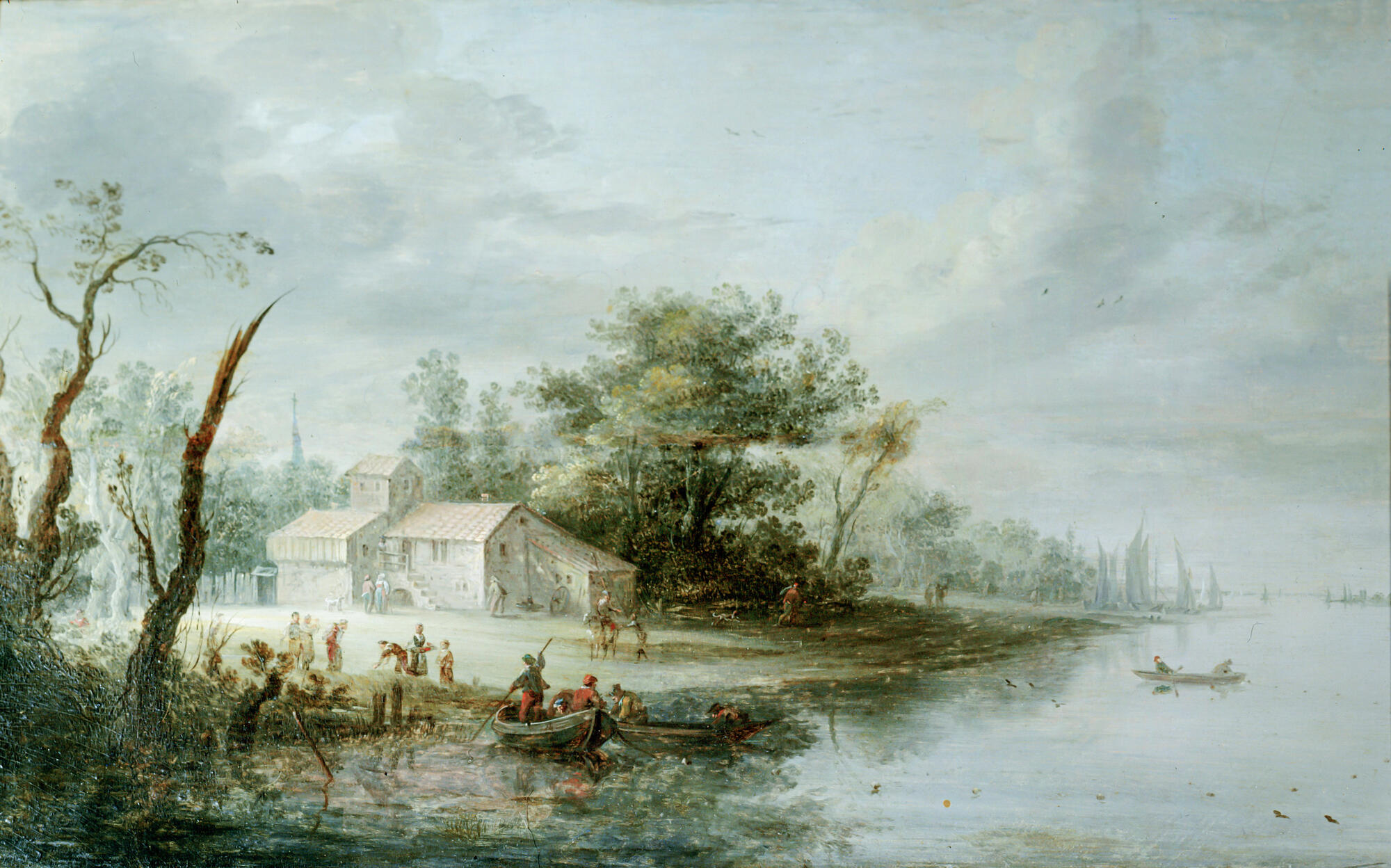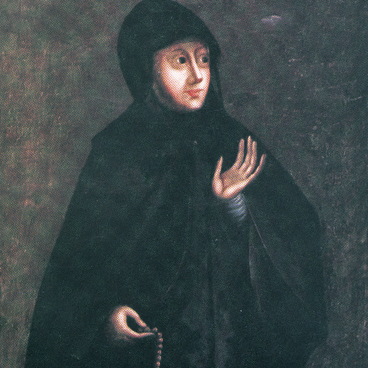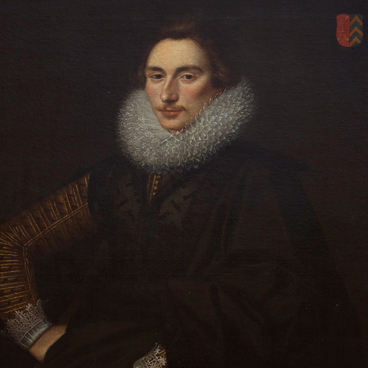The Dutch painter of the 17th century Pieter de Molijn is one of the founders of the realistic landscape genre.
In the Golden age of Dutch painting, the artists began to render the beauty of nature and local topography, the modest scenes of everyday life. Bright floral still lifes and secular portraits replaced somber religious and mystical paintings. The Dutch painters of the Golden Age revolutionized the visual arts of their country and the whole world. The painting “Sea View” by Pieter de Molijn entered the collection of the Ulyanovsk Art Museum in 1924. It used to belong to Vladimir Petrovich Meshcherinov, a Simbirsk local government official and a member of the State Council.
Landscape painting was a special genre for the Dutch masters of the 17th century. It was their tribute to their homeland and specific features. The artists expressed national pride, glorified the way of life and showed gratitude to the surrounding nature. In their landscapes, the painters depicted windmills, chapels, city streets, as well various scenes near the water, ranging from summer canals with boats and bathers to fun winter activities such as skating and tobogganing.
The painting “Sea View” by Pieter de Molijn was previously called “The Island”, but both names were given at random. The artist depicted a seashore with a few trees and a stone house with a tiled roof. A church spire rises in the distance, people work together by the water. This modest landscape has all the main features of Pieter de Molijn’s innovative approach — the depiction of the local landscape, modesty, even the random choice of the motif and the emotion of sincerity.
This is a typical Dutch landscape in a subtle monochrome color scheme, where gray, green, and blue shades are combined. The colors accurately convey the moist air, the clouds, the weak light of the northern sun. The landscape blurs in perspective, and the image merges with the low sky. The silhouettes of sailboats on the water surface enhance the effect of the infinity of space, and the skillfully painted figures of people going about their usual business make the landscape look cozy and habitable.
In the Golden age of Dutch painting, the artists began to render the beauty of nature and local topography, the modest scenes of everyday life. Bright floral still lifes and secular portraits replaced somber religious and mystical paintings. The Dutch painters of the Golden Age revolutionized the visual arts of their country and the whole world. The painting “Sea View” by Pieter de Molijn entered the collection of the Ulyanovsk Art Museum in 1924. It used to belong to Vladimir Petrovich Meshcherinov, a Simbirsk local government official and a member of the State Council.
Landscape painting was a special genre for the Dutch masters of the 17th century. It was their tribute to their homeland and specific features. The artists expressed national pride, glorified the way of life and showed gratitude to the surrounding nature. In their landscapes, the painters depicted windmills, chapels, city streets, as well various scenes near the water, ranging from summer canals with boats and bathers to fun winter activities such as skating and tobogganing.
The painting “Sea View” by Pieter de Molijn was previously called “The Island”, but both names were given at random. The artist depicted a seashore with a few trees and a stone house with a tiled roof. A church spire rises in the distance, people work together by the water. This modest landscape has all the main features of Pieter de Molijn’s innovative approach — the depiction of the local landscape, modesty, even the random choice of the motif and the emotion of sincerity.
This is a typical Dutch landscape in a subtle monochrome color scheme, where gray, green, and blue shades are combined. The colors accurately convey the moist air, the clouds, the weak light of the northern sun. The landscape blurs in perspective, and the image merges with the low sky. The silhouettes of sailboats on the water surface enhance the effect of the infinity of space, and the skillfully painted figures of people going about their usual business make the landscape look cozy and habitable.



